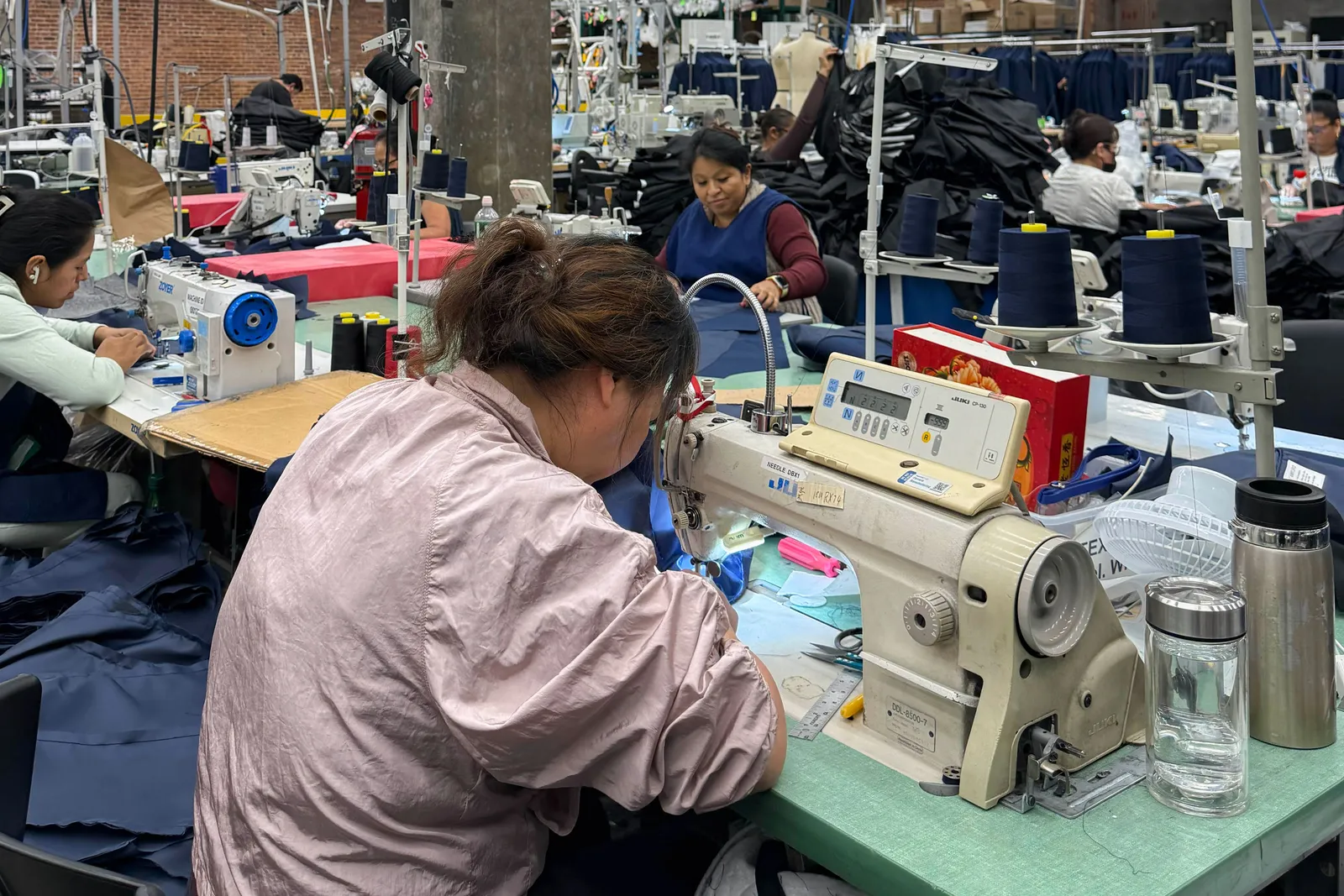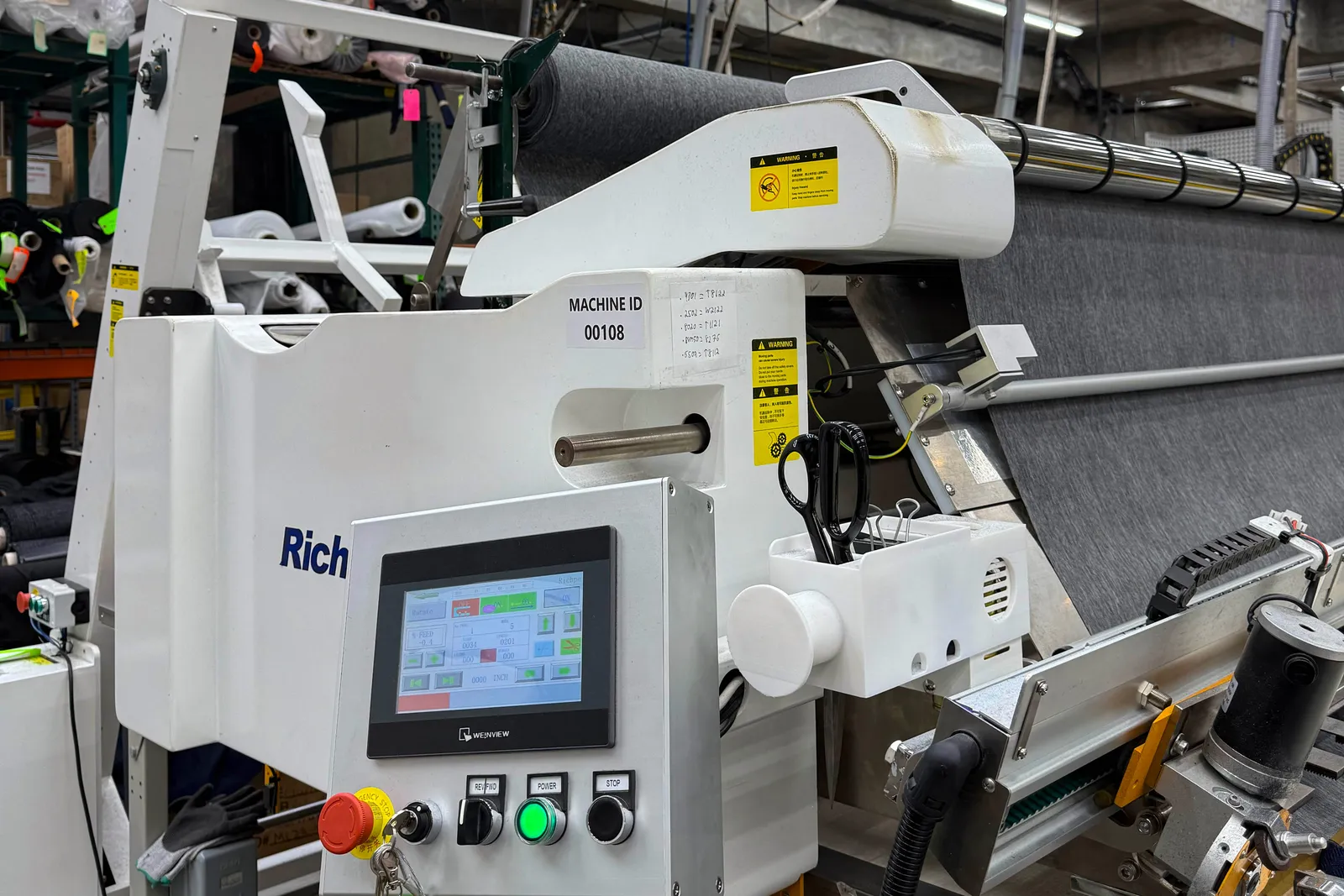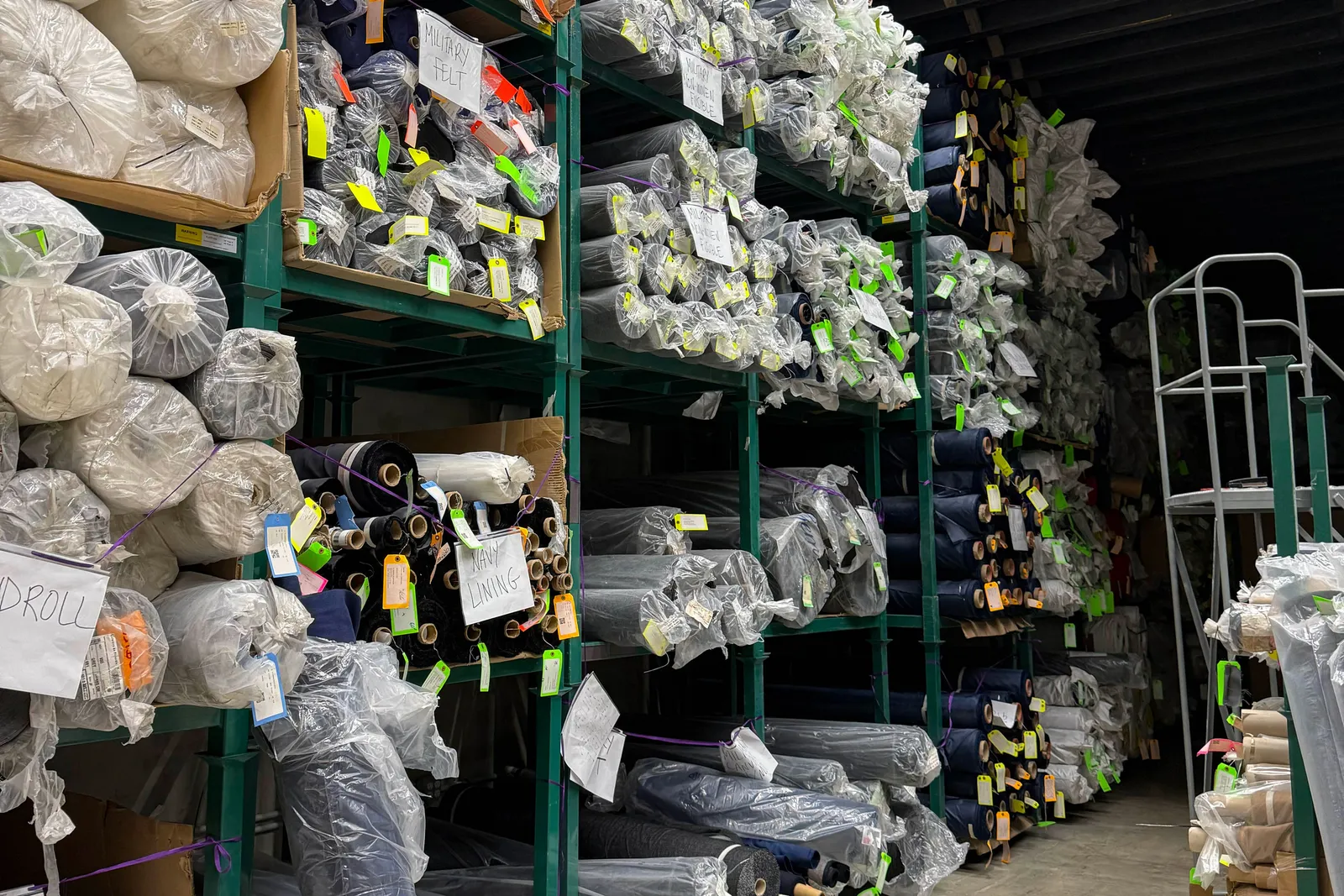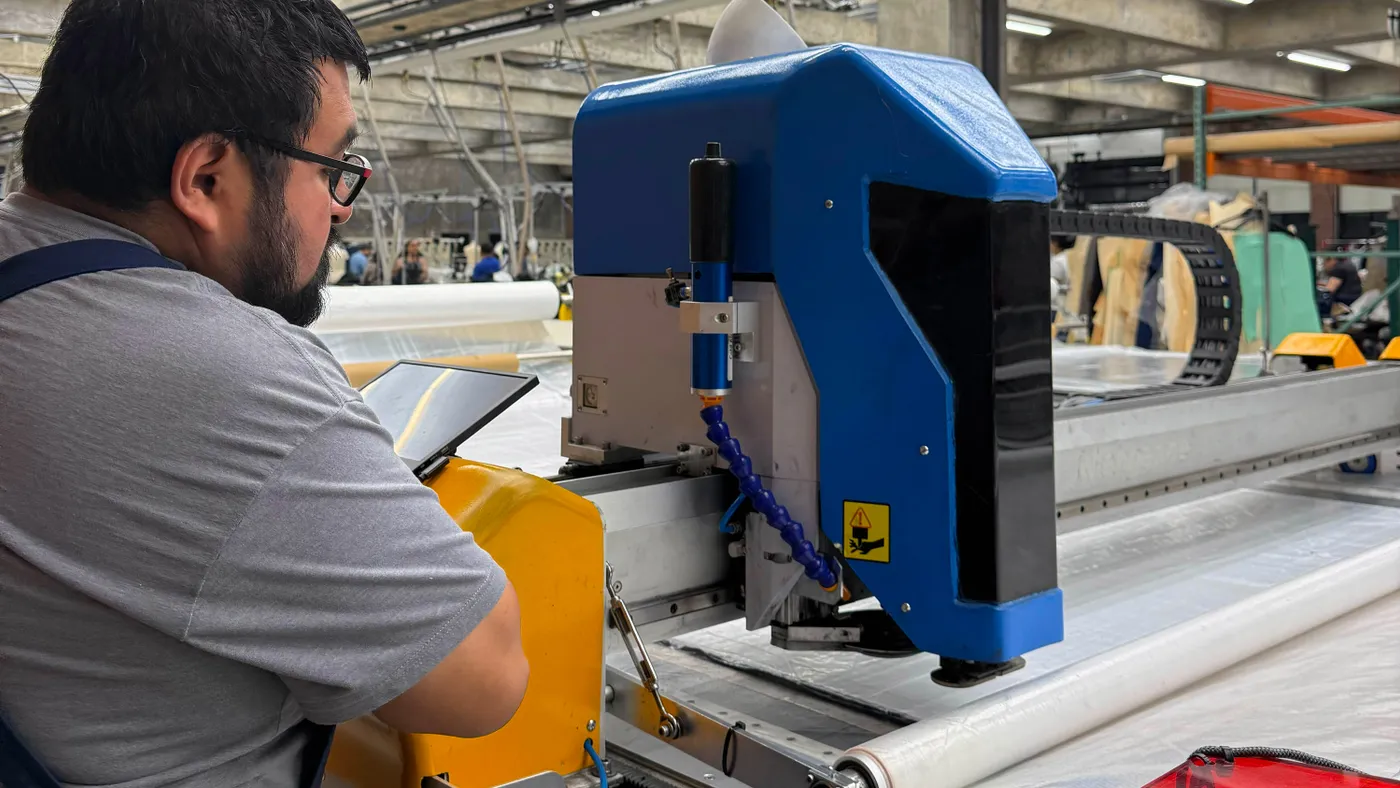As “Made-in-USA” products get more popular every year, the Federal Trade Commission is ensuring manufacturers stay compliant with the label's strict standards for both production and marketing.
And with the Trump administration urging the onshoring of America’s manufacturing industry, New York-based Ferrara Manufacturing is one example of an apparel maker focused on producing and sourcing its products in the U.S.
The company specializes in highly technical and tailored garments, producing everything from Olympians' outfits to military gear and Ralph Lauren jackets.
Manufacturing Dive caught up with family-owned manufacturer’s COO Gabrielle Ferrara, whose parents founded the company in 1987. Ferrara’s 50,000-square-foot apparel manufacturing facility in Long Island City, New York, has 115 employees, but could house up to 350 employees, according to Ferrara.
The company focuses on leveraging advanced manufacturing technologies such as 3D printing and automatic sewing, as well as innovation in diversifying its customers.
Ferrara gave Manufacturing Dive a tour of the New York facility, which was formerly located in the city's iconic Garment District.

“Oh my God, how did my parents start this company? 1987 is the year when production just started drastically, really exponentially, going overseas. It was a really challenging business,” Ferrara said. “But when they started it, they wanted to make products of a certain level. I think what's left in the U.S., it tends to be a lot of high value, difficult-to-make products.”
Between 1958 and 1977, the number of garment manufacturing firms in Manhattan was cut in half, from 10,329 to 5,096, according to the Garment District Alliance data. The trend continued through the latter half of the 20th century as more production moved abroad due to cheaper labor in Hong Kong, Seoul and Dhaka.
Ferrara prides itself on producing “Made-in-USA” apparel, which is a strict standard to meet, as manufacturers must ensure that “all or virtually all ingredients or components of the product are made and sourced in the United States," according to the Federal Trade Commission.
“It makes sense to make that product here in the United States or in Europe, because you tend to have lower [minimum order quantity]. It's more customized. There's a lot of design and detail that go into that type of product, so it makes sense to have that close by,” she said. “That's always been what Ferrara, that's been our DNA, is doing tailored products.”
In order to stay afloat during the pandemic, the company started producing PPE for the U.S. military, which has since become one of the manufacturer's biggest contracts. In turn, the contract has boosted Ferrara’s budget for innovation, she said.
The government contract has also taught Ferrara how to make technical and high quality garments.
“I think with all of us, together with the military's scale, it's been a really magical few years where we've finally been able to invest in scalable technology and things that can be applied to military stuff that then the private sector benefits from.” she said.
And to bring down production costs and hire people with less years of sewing experience, Angelo Ferrara, Ferrara’s head of equipment and machinery, proposed 3D printing.
“We work really well as a family and a team, so my brother prints a lot of the 3D parts that we then use for the equipment, so some of the gears on this machine are actually 3D-printed,” she said. “We augment a lot of our equipment to make it even more precise because our standards are really high, because we work with the Olympics and the Ralph Lauren products.”

3D printing also lowers the skill threshold needed to complete tasks like sewing a jacket, allowing Ferrara to hire more people.
“[Angelo Ferrara] actually was the one that was like ‘We should 3D print this,’ because usually these pieces are created in metal, which takes a week to get a new piece, and then [production costs] $1,000, so now we have our whole library over there of parts that match to a bunch of 2D-pattern pieces to automate a lot of functions on the jacket,” Ferrara said.
The apparel maker has been an Olympics partner with Ralph Lauren since 2014. For the Summer 2024 Olympics, Ferrara made the opening ceremony blazer and flag bearer blazer and the striped shirt, and for the closing ceremony, produced the moto jacket and the flag bearer jacket.
The garment manufacturer also invests in automatic sewing machines, which it hopes to expand.
“We have a lot of really talented operators here, but if we want to scale our business and double our jacket production, these are the machines that are going to allow us to do that,” Ferrara said.

Customers are requesting "Made-In-USA" products more frequently than they used to in the past. One challenge has been to domestically source all materials, including wool, for which there isn't a large industry in the U.S.
“But honestly, Europe produces a lot more apparel and textile than the United States, and we have a much bigger consumer market here. So Europe is pretty comparable to the U.S. in terms of labor costs and materials," she said." So why doesn't the US have a comparably sized clothing and textile industry?
The European Union exports 218 billion euros worth of textiles and apparel around the world, while the U.S. exports 20 billion euros, according to a 2024 publication by the European Apparel and Textile Confederation.
From its origins to its now luxury-quality products, Ferrara Manufacturing is all about tailored and fitted apparel.
“I feel like when you have a piece of clothing that fits you perfectly, there's almost nothing better," Ferrara said. "It's actually quite an emotional experience."
Visuals Editor Shaun Lucas contributed to this story.







